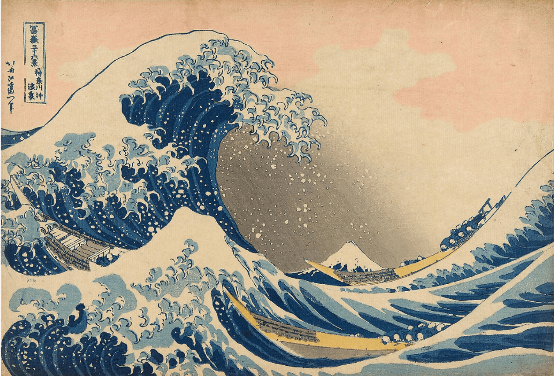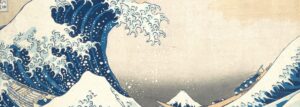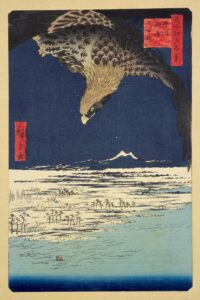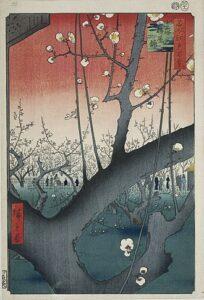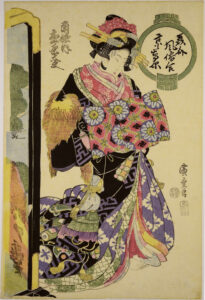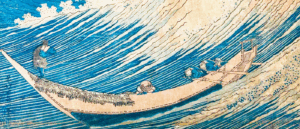Kanagawa-oki Nami Ura “The Great Wave off Kanagawa”: The wood-block art tide is still making a splash as Hokusai crafted the finest Ukiyo-e in Japanese art history!
Oh The Great Wave off Kanagawa… painted over 200 years ago[1], this masterpiece is still everywhere!
On display in the Metropolitan Museum of Art (MET) in New York City, this work of art is undeniably one of the best pieces of the Japanese woodblock painter, Katsushika Hokusai [1]. Hokusai pioneered the arrival of a western linear perspective to the Japanese Ukiyo-e, a unique genre of art literally translating to pictures of the floating world. In Hokusai’s hands, a paintbrush became a magic wand of sorts, bringing rather minimalist landscapes to life.

1830, British Museum
Set on the Kanagawa faction of the East coast, a station connecting the modern-day cities of Kyoto and Tokyo, this grandiloquent piece depicts the gracefully conical Mount Fuji – the symbol of power in Japan- from behind a high tide [3]. The several shades of blue merge beautifully with a bright white at every rise of the wave, with a wooden boat caught up in the middle. The visual composition of this piece is glorious, to say the least.
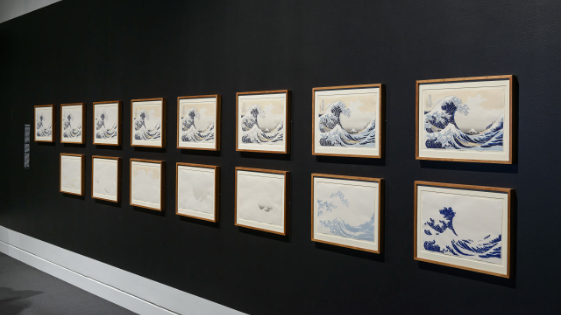
It’s almost as if you’re floating in the middle of chaos as Mount Fuji watches over you. It was soon after this artwork came into being that Kanagawa became the prime route for Ukiyo-e art through Japan into the West. Pottery traded to the West at the time was sent wrapped in Ukiyo-e wrapping papers, inspiring future artists such as Van Gogh himself to produce art in the genre[4]. Thus, the Japanese art collector and painter, who brought out some of his best works at 70, paved the way for Japanese art in each and every corner of the globe.
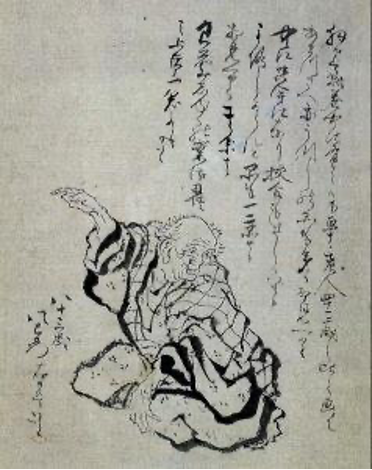
While Hokusai considered his paintings and woodblock art rather average, the world thought otherwise.
Adaptations of “The Great Wave off Kanagawa” are now found in several museums and art galleries all across the globe. Thus, this piece has served as a metaphorical memoir of sorts for the painter. In fact, fashion designer Hanae Mori transformed the piece into an emoji in 2010[3]. Numerous manga artists have also adapted this painting into their works too, making it one of the most reproduced images in the history of artwork[3]. To phrase it concisely, Hokusai brought a wave of “Japonism” to every corner of the earth, just using the power of a paintbrush.
Even though he had been painting since the age of 6, he still longed for more time to make even better pieces depicting Japanese culture[2]. In his own words:
“If heaven gives me ten more years or an extension of even five years, I shall surely become a true artist” -Hokusai [1]
Knowing that his legacy still continues so many years later, we’d like to hope he’s resting in peace.
References
[1] Artincontext. (2022, May 6). “The great wave off kanagawa” Katsushika Hokusai – an analysis. artincontext.org. Retrieved October 4, 2022, from https://artincontext.org/the-great-wave-off-kanagawa-katsushika-hokusai/
[2]The great wave off kanagawa: 5 little known facts about Hokusai’s masterpiece. TheCollector. (2021, August 25). Retrieved October 4, 2022, from https://www.thecollector.com/the-great-wave-off-kanagawa/
[3]Katsushika Hokusai paintings, Bio, ideas. The Art Story. (n.d.). Retrieved October 4, 2022, from https://www.theartstory.org/artist/hokusai-katsushika/
[4] McCarthy, D. (2020, December 29). The Great Wave: What Hokusai’s masterpiece tells us about museums, copyright and online… Medium. Retrieved October 4, 2022, from https://medium.com/open-glam/the-great-wave-what-hokusais-masterpiece-tells-us-about-museums-copyright-and-online-da0f25bd4ed2

